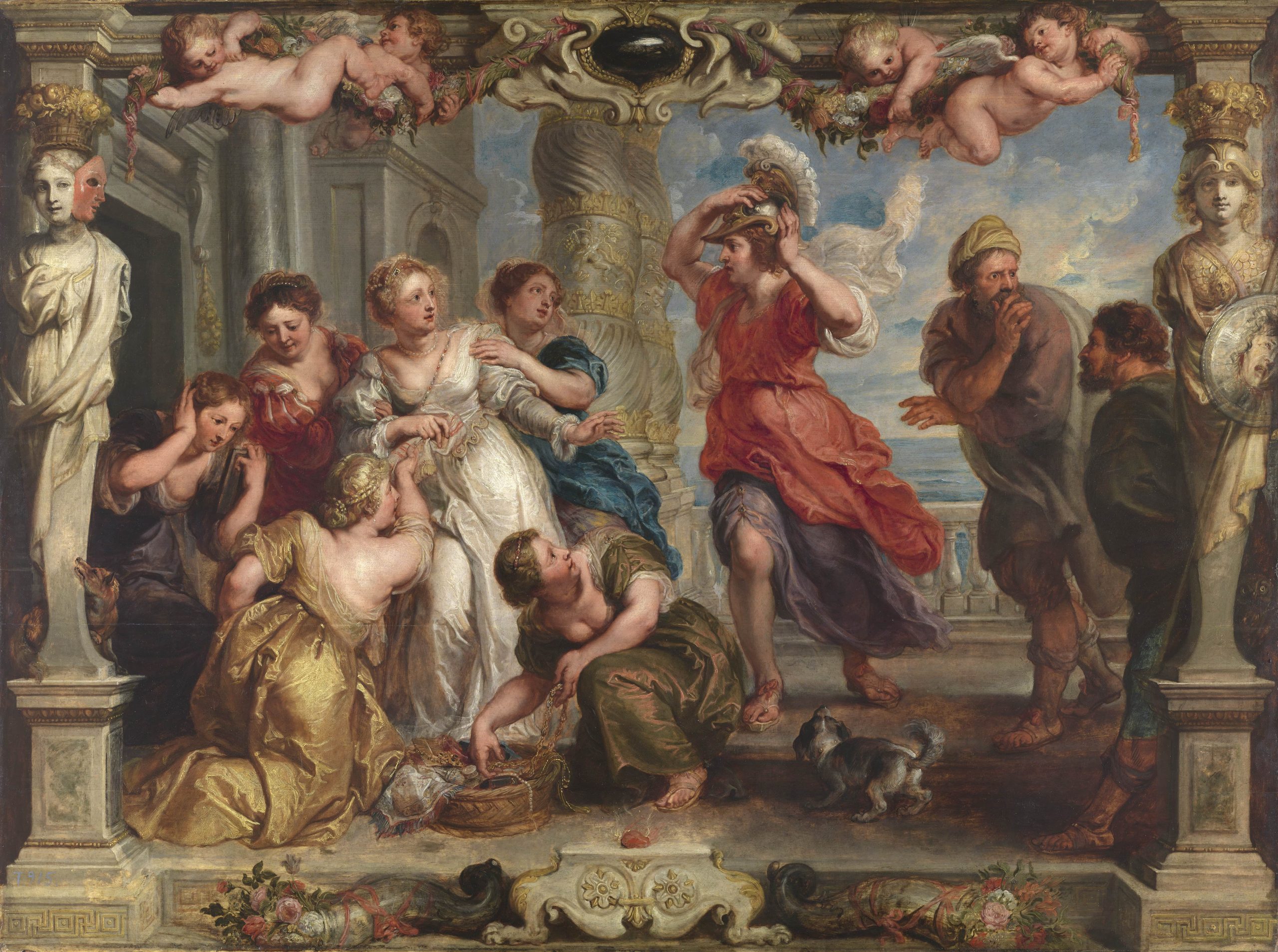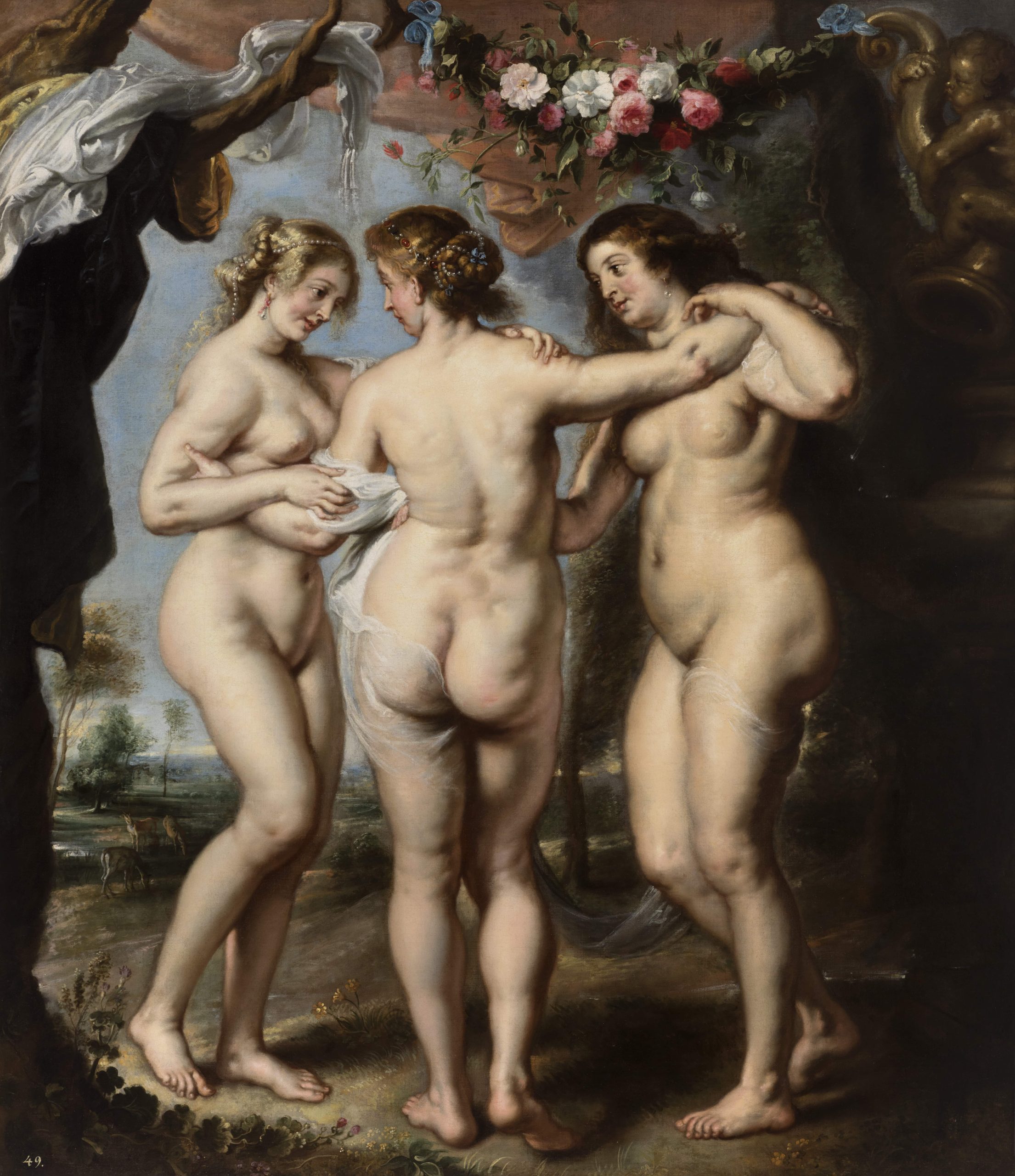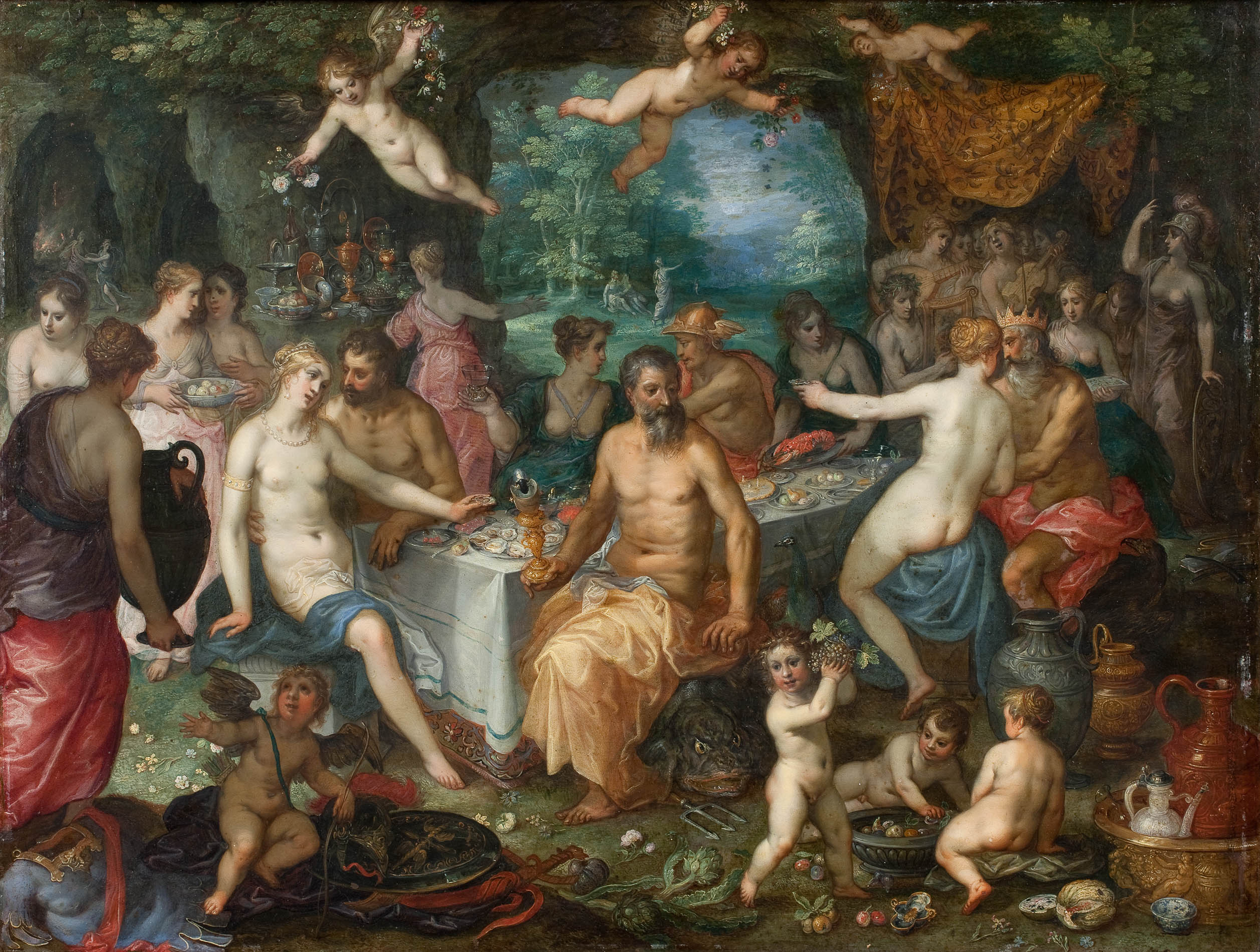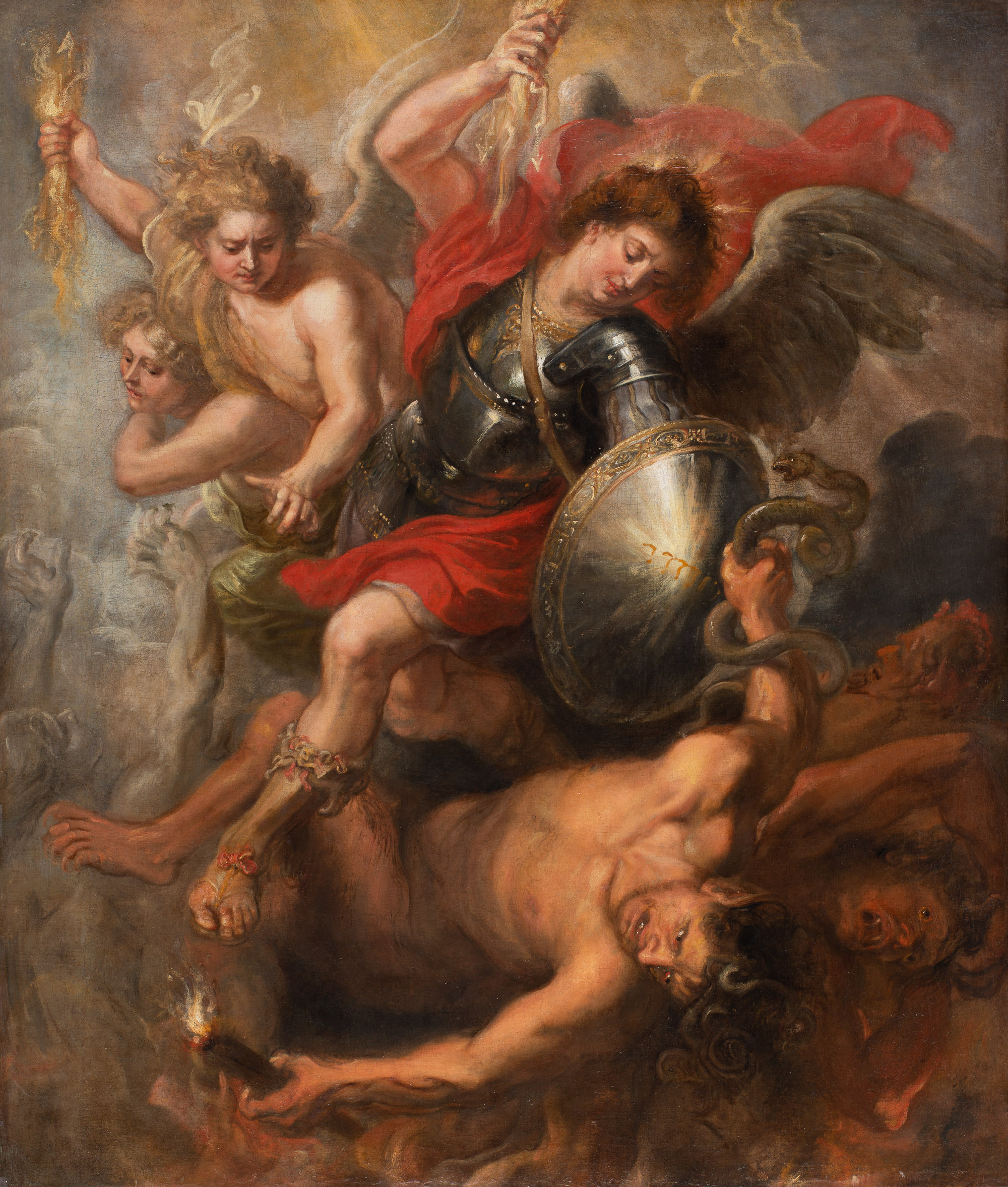
Fondazione Palazzo Te presents the exhibition ‘Rubens at Palazzo Te. Painting, Transformation and Freedom’, set up from 7 October 2023 to 28 January 2024 (extended) in the Renaissance Villa in Mantua. The exhibition curated by Raffaella Morselli with the collaboration of Cecilia Paolini illustrates the Flemish artist’s career, highlighting how much the intellectual Renaissance suggestions elaborated in his Mantuan and Italian years continued, evolving, in the painting of his maturity, to sediment as an artistic legacy in his students.
The works exhibited at Palazzo Te highlight the dialogue with the myths and interpretation of Giulio Romano and, no less, the unbroken harmony with the Renaissance and the mythological fable: it is here that Rubens transformed his world into a universal language capable of speaking to all the courts of Europe. The imaginative population of gods and ancient texts invented and quoted by Giulio Romano were the ideal training ground for the cultured Rubens. Under the roof of Palazzo Te the artist’s conversion from Flemish to Italian took place: Rubens is the new universal man, who transcends religious, geographical and political boundaries to invent a new language that is, to all intents and purposes, international. A European figurative language, the first in the history of art.

“The cultured universal humanist Pieter Paul Rubens, educated in letters in the free territories of what was once Lotharingia, with his head in turmoil from Greek and Latin readings learnt in his homeland, arrives in the ducal city of the Gonzaga in the hot and humid summer of August 1600”.
RAFFAELLA MORSELLI

Divided into twelve sections that follow the museum’s visitor route, the exhibition project explores the most fascinating and prolific themes of Rubens’ thought – from myth to the idyll of nature, the challenge of power, the lesson of Julius to Roman history and the philosophy that generates civilisation – presenting them to the public through a corpus of over fifty works on loan from the most prestigious Italian and international museums, including the Musée du Louvre, the Museo Nacional del Prado, the Statens Museum for Kunst of Copenhagen and the Koninklijk Museum voor Schone Kunsten of Antwerp. Alongside an extraordinary selection of more than fifteen works by Rubens – including Achilles discovered among the Daughters of Lycomedes from the Prado, Christ on the Cross from the KMSKA and Romulus and Remus suckled by the She-Wolf from the Capitoline Museums – a collection of engravings from the Istituto della Grafica in Rome and drawings by Giulio Romano from the Louvre that were part of the Flemish artist’s collection are on display; the entire series of the decoration of the main hall in the house of Jacob Jordaens, the master’s favourite pupil, borrowed from the room of Cupid and Psyche in Palazzo Te, exhibited for the first time in Italy; and other important canvases by painters linked to the artist, such as his colleague Jan Brueghel the Elder, and collaborators Theodor van Thulden, Sebastian Vrancx and David Teniers (The Younger).
“It is a story that unites Giulio Romano and Rubens in their ability to creatively transform tradition; it is the tale of the echoes that Giulio Romano’s painting and Palazzo Te have had over time, up to the 17th century and beyond; it is the evidence of how the ‘practice of freedom’ inherent in painting is a precious feature of European culture, even in contemporary times.”
STEFANO BAIA CURIONI


